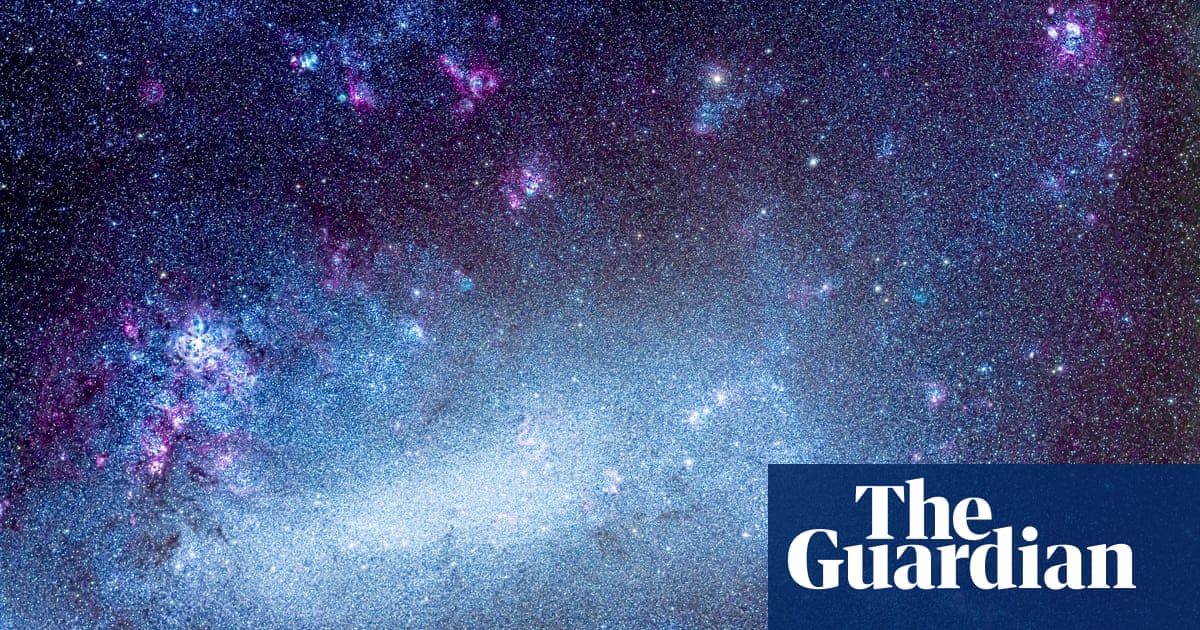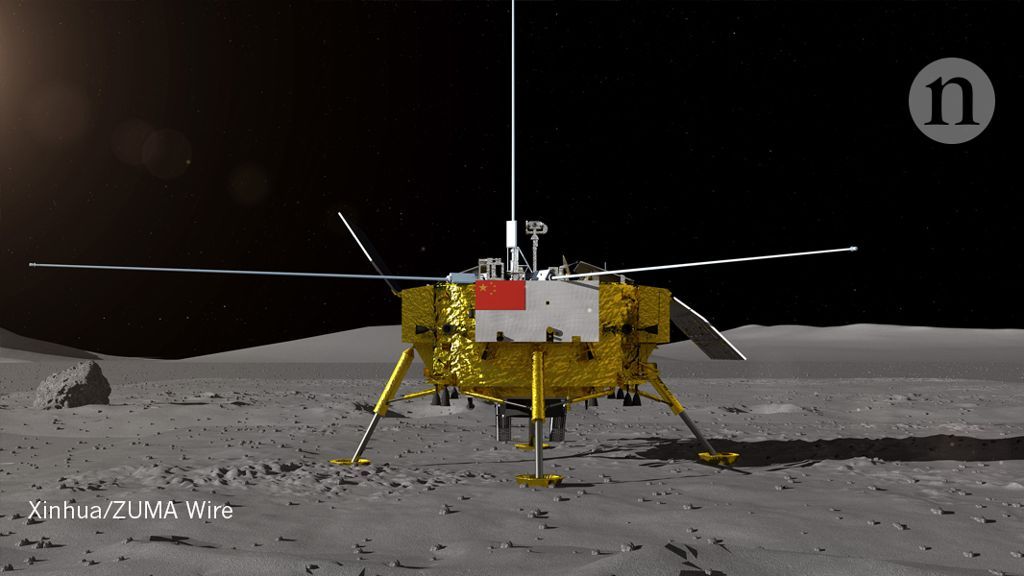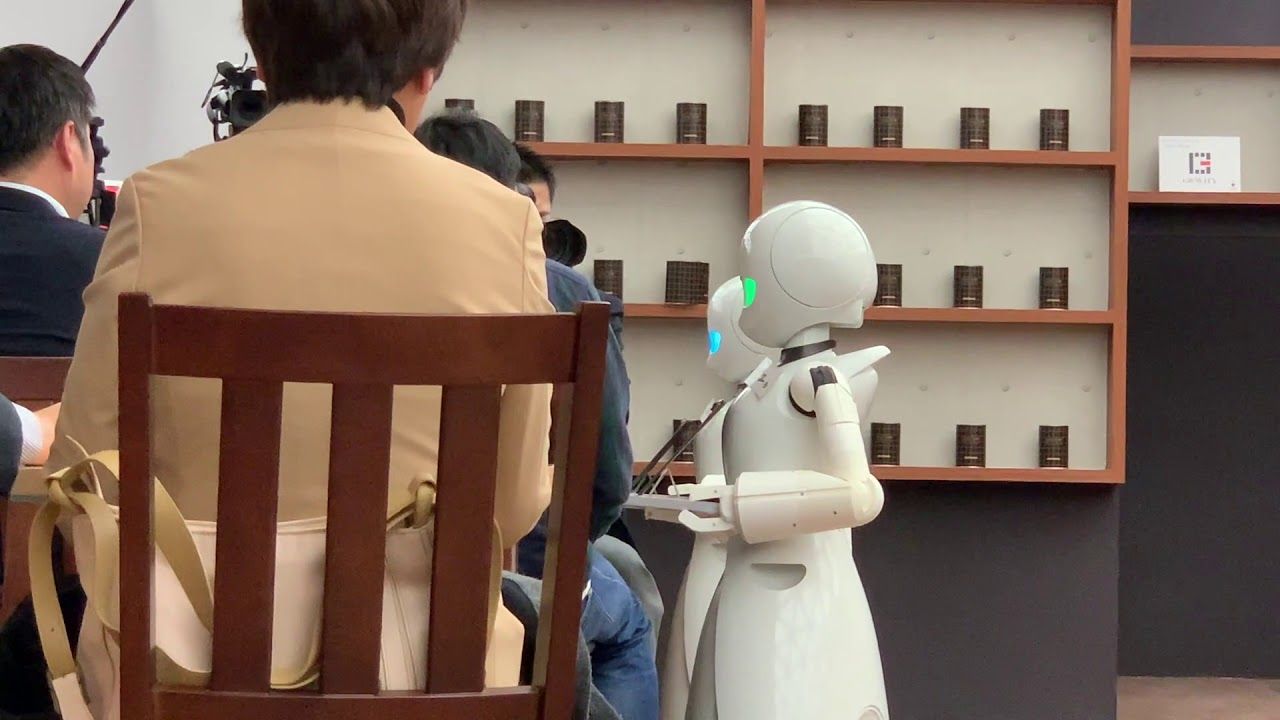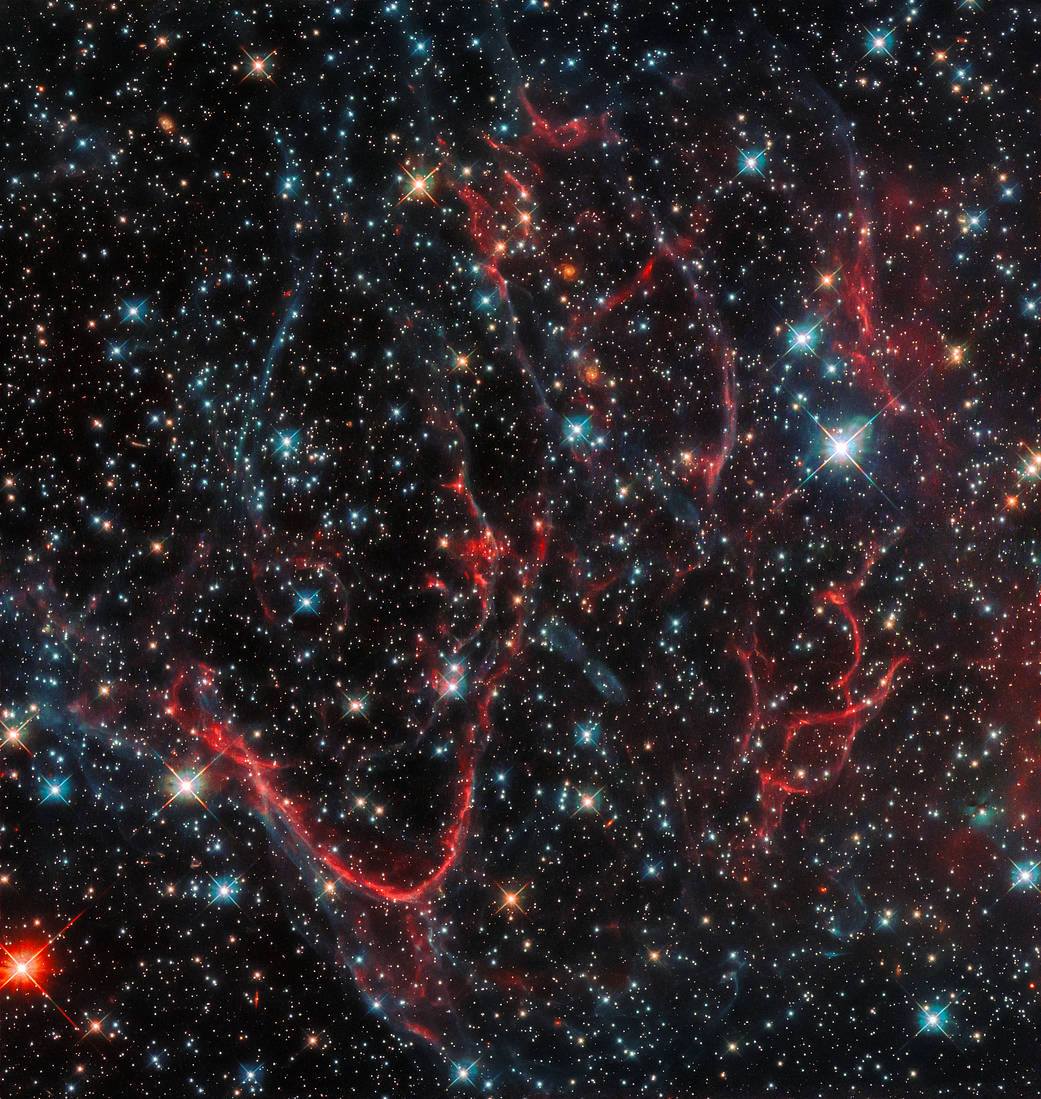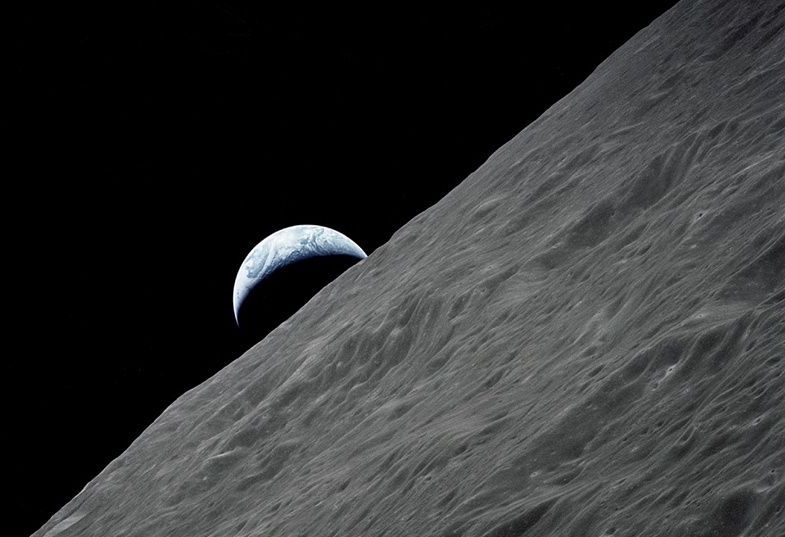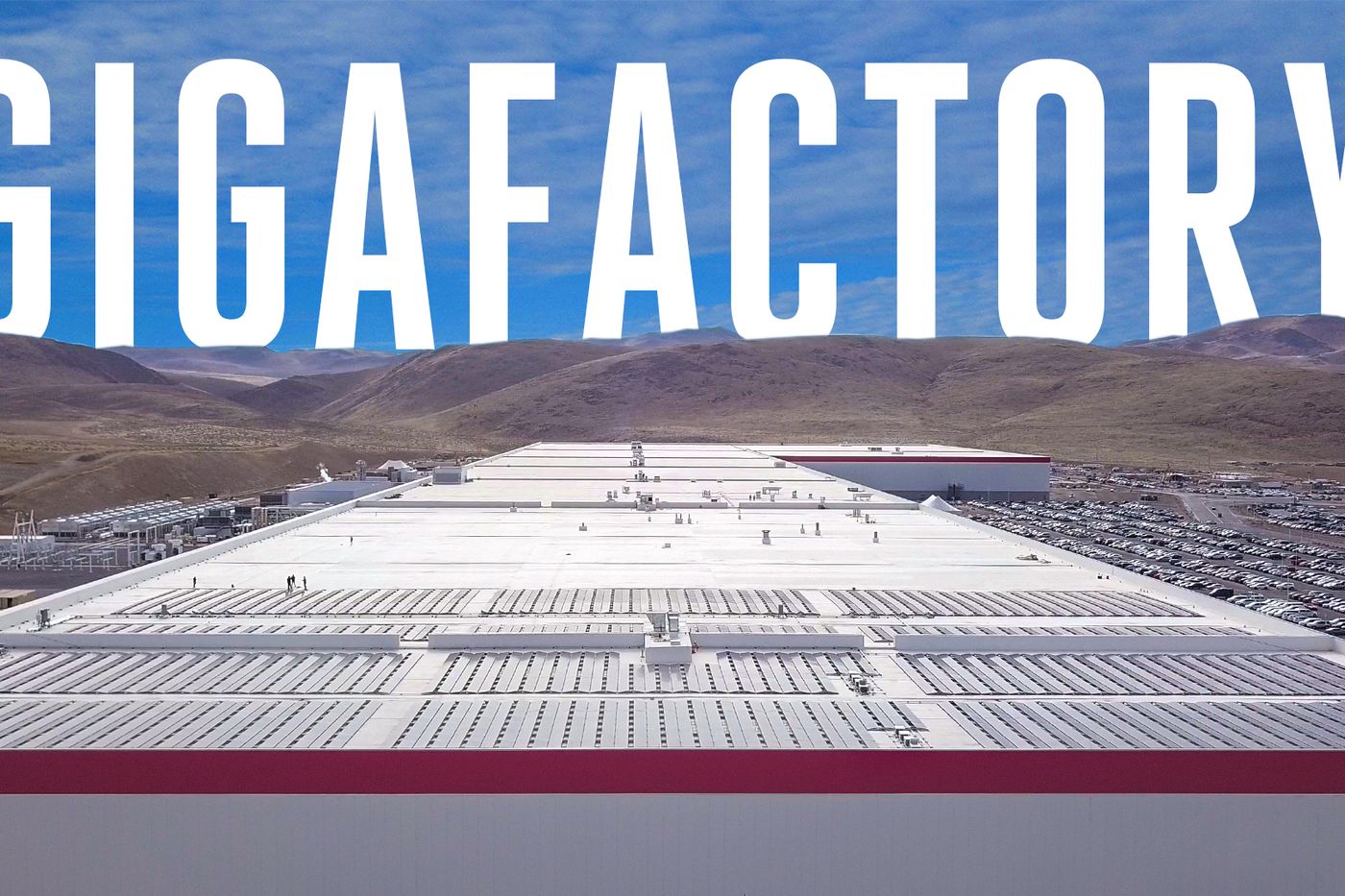The first stars flickered into being a few hundred million years after the big bang. Since then, galaxies have churned out stars at a stupendous rate, and scientists estimate there were now about a trillion trillion.
In total, the astronomers estimate, stars have radiated 4×1084 photons (a photon being the smallest unit of light). Or put another way: 4,000,000,000,000,000,000,000,000,000,000,000,000,000,000,000,000,000,000,000,000,000,000,000,000,000,000,000,000 photons.
The astronomers based their calculation on measurements of the extragalactic background light (EBL), a cosmic fog of radiation that has been accumulating since stars first illuminated the dark, vast expanse of space.
